The most concerning element of tradwife bashing
I’ve been called a tradwife in wholesale attempts to undermine my ideas, identity and character as a stay-at-home mum. Calculating feminists are weaponising it as a codeword for abuse.
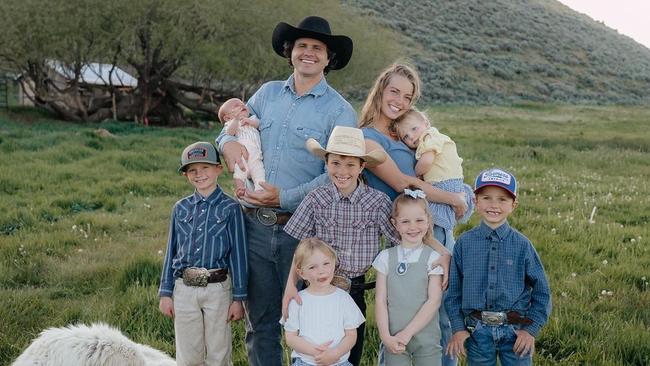
When it comes to ridiculing and dismissing mothers who work in the home it seems we are becoming increasingly inventive and venomous. At first it was the term housewife that garnered negative connotations and became a derogatory slur uttered with disdain. Next, the stay-at-home mum became the punching bag.
Now it’s the tradwife. New name, same axe to grind.
What is a tradwife?
Google search trends show searches for tradwife – derived from the phrase traditional housewife – began ramping up in 2018 in line with the rise of Instagram influencers role-playing as traditional housewives. They dress up in vintage clothes, make food from scratch and care for their children.
The aesthetic they create ranges from saccharine through idyllic to satire. Sometimes they are religiously motivated; some have breadwinner husbands who “lead the household”; and some have opted out of contraception.
All of this would be unremarkable except they post all of it on social media and have amassed millions of followers.
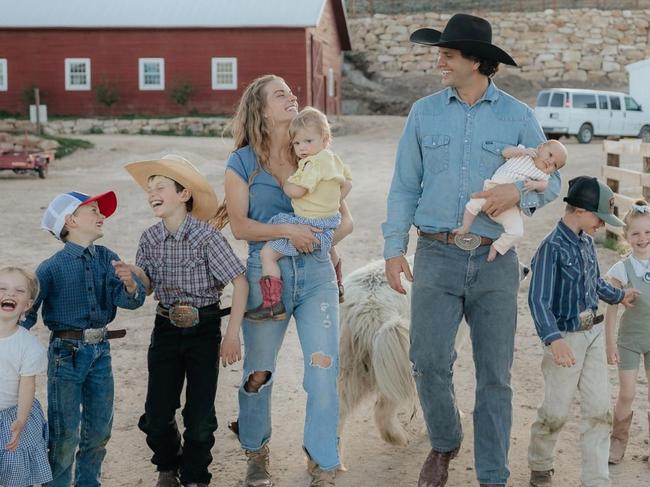
I’m calling it role-playing because these women do not find themselves in the original set of circumstances that led to many traditional housewives having no genuine choice, such as no access to contraception, little education and no prospects other than child-bearing and homemaking.
Tradwives emulate certain romantic features of this existence by choice and without the harmful reality of necessity, scarcity and oppression. These social media tradwives often are backed by generational wealth and extremely lucrative, successful careers as social media influencers, among other things. Their tech, design, content production and culinary skills are enviable. They also happen to look like bikini models. In short, they have options that our grandmothers most certainly did not.
The tradwife trend is a protest against hustle culture and modern expectations that women will run back to the office a few weeks after giving birth so they can start to be productive again. They rebel against fast food, commercialised care, mass-produced rubbish and rushed days.
Call it an extreme form of protest, but if it’s their choice, if it makes them happy and if they aren’t hurting anyone, who cares? A lot of people, as it turns out.
At first feminists and career women felt only personally attacked by the tradwife trend and hoped it would remain in an obscure corner of the internet. But as the tradwives rose to stardom, the feminists’ private pain quickly erupted into public outrage. After all these years of controlling the message, holding centre stage and blithely dismissing the work of the humble housewife, they did not appreciate the tradwife trend one bit.
From housewife to tradwife
Feminists were alarmed by the sheer number of followers these women attracted. After so carefully and painstakingly constructing the narrative that housewives were sad, unfulfilled, backward and unnecessary, the tradwives shot it to pieces overnight with their intelligence, professional accomplishments, seriously handy skills and, god forbid, their happiness in looking after their kids.
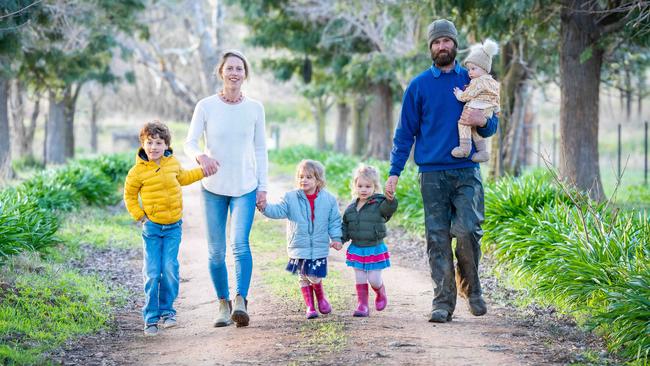
Tradwives hit a nerve with feminists because they directly challenge the idea of career women as the gold standard. Caregivers rarely, if ever, have been able to publicise themselves in the same way career women could until now. Before tradwives, caregivers and movements that sought to include them in women’s liberation struggled to curry favour with the public because care work and unpaid labour have an image problem. It’s not glamorous work. It’s laborious and messy and often lonely, invisible work. It doesn’t pay the big bucks and it goes on in private.
Before the age of social media, the likes of Martha Stewart and Nigella Lawson – the latter of whom popularised the term domestic goddess – made their fortunes through giving womanhood and homemaking broad marketing appeal. Tradwives are kind of like the Martha Stewarts of social media, a bunch of women with undeniable business acumen who knew they could monetise their image and tear down the tired housewife perceptions in an instant.
Tradwives are disingenuous, of course, but so is everyone posting on social media. So are the women who pose as effortlessly “having it all” while battling the emotional and physical turmoil of juggling paid work with carrying, birthing and rearing children.
There are countless career women on social media guilty of virtue signalling and sharing the minutiae of their day-to-day lives. All that has changed here is that housewives decided to do it too. They are defending their choice by fighting fire with fire.
Feminists realised they needed to turn public favour against tradwives and position them as the new bogeyman – the enemy of modern women. The term traditional wife, what tradwives occasionally had called themselves, sounded too distinguished, so it quickly was truncated to tradwife, which sounds far less appealing and is quicker to spit out in disgust. We know this change in terminology did not originate with tradwives themselves because they rarely, if ever, refer to themselves as tradwives.
Mainstream media outlets and women’s media platforms have been absolutely committed to making sure the tradwife label sticks. This makes sense because the media obviously is over-represented by women who are actively engaged in careers and are likely ideologically opposed to tradwives. The articles describe the tradwives as “self-harm for millennial mothers”, cult-like, and victims of oppression and abuse.
Mainstream feminism is seeking to take back control of the housewife narrative by repackaging women who work in the home by choice as representative of something dangerous.
They argue that tradwives “romanticise oppression”, are victims of internalised oppression and are setting a dangerous example for young girls. They argue every which way that any woman in her right mind wouldn’t actually choose this. They dangle tradwives threateningly as what could happen if women let their guard down and assume caregiving roles.
The controversy behind Ballerina Farm and Hannah Neelman
Perhaps the biggest and most recent take-down of a tradwife was mounted by reporter Megan Agnew in The Times.
Agnew visited Hannah Neeleman – known as the “queen of the tradwives” because of her almost 10 million Instagram followers – Neeleman’s husband Daniel and their eight children on Ballerina Farm in Utah. The reporter claimed to have witnessed certain dynamics – after spending all of a single day with the family – that concerned her. Based on her own apparent spidey senses, Agnew set about framing Neeleman as a sad victim of coercive control and “baby trapping”.
The quotes in the article fail to support Agnew’s conclusions, but it’s obvious to any reader that Agnew’s agenda was decided before she set foot in Neeleman’s home. Her preconceived ideas about caregivers and housewives prevented her from seeing Neeleman’s life as a choice. She deliberately reduced Neeleman to an overworked, unhappy wife dominated by her husband, apparently regardless of what Neeleman actually said, because that’s the only image of mothers in the home that Agnew is interested in creating.
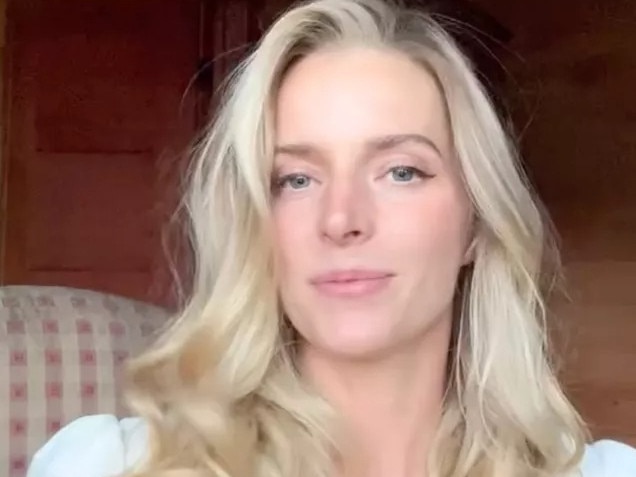
Neeleman herself later flatly denied the claims in the profile, but many women seem deaf to her. It’s a stark example of tradwives being oppressed only by other women.
Feminists are right to argue that tradwives are promoting a choice that would render most women vulnerable and financially insecure. However the problem isn’t actually women and the work they do, it’s how this work is viewed and supported by society. The problem is lack of paid leave, work flexibility and carer support measures. Instead of fighting for societal change and policy that would better support unpaid care work and labour, feminists remain focused on problematising women such as tradwives and their choices.
The same women who are up in arms about wealthy tradwives also conveniently ignore the elitist elements of career women. Middle and low-income families often do not have the same luxuries as high-income families who can pick and choose high-quality, boutique childcare centres or take advantage of generous parental leave packages in their high-paying jobs. They promote a choice in which they are buffered from the pitfalls.
For the record, I am not a tradwife. The only time I want my husband to lead me is if I have failing sight. I’d love some freshly baked bread if someone else could be in charge of that. Contraception is absolutely critical at this point for our family and I can’t bring myself to wear an apron. I’ll gradually increase my paid work hours as I see fit. I don’t have a name for what goes on in our house and my role in it, but it has been great and it has been my choice. I’d wish that for anyone, including the tradwives.
I may not be a tradwife but I have been called one in wholesale attempts to undermine my ideas, identity and character. The term is being weaponised against everyday caregivers for doing something as simple as growing veggies or baking muffins. Caregivers who are called tradwives out of spite often then wrongly assume the identity and unwittingly perpetuate the campaign to ridicule and dismiss work in the home.
The definition is slowly expanding to include a much larger subset of caregivers than the original handful of social media personalities in unique circumstances. Girls growing up today will possibly recoil at the possibility of being labelled a tradwife if they take extended parental leave or engage in caregiving on a long-term basis.
Perhaps the most concerning element of the tradwife bashing is the clear attempt to equate people in caregiving and unpaid labour roles with victims of abuse, coercive control and subservience. Not only does this detract from important issues of abuse and coercive control, which occur in all kinds of relationships regardless of your vocation or employment status, but it paints all caregivers as people without agency and unable to advocate for themselves.
The tradwife episode just proves that some women will stop at nothing to find novel ways to tear down mothers who work inside the home. We continue to be our own worst enemy.




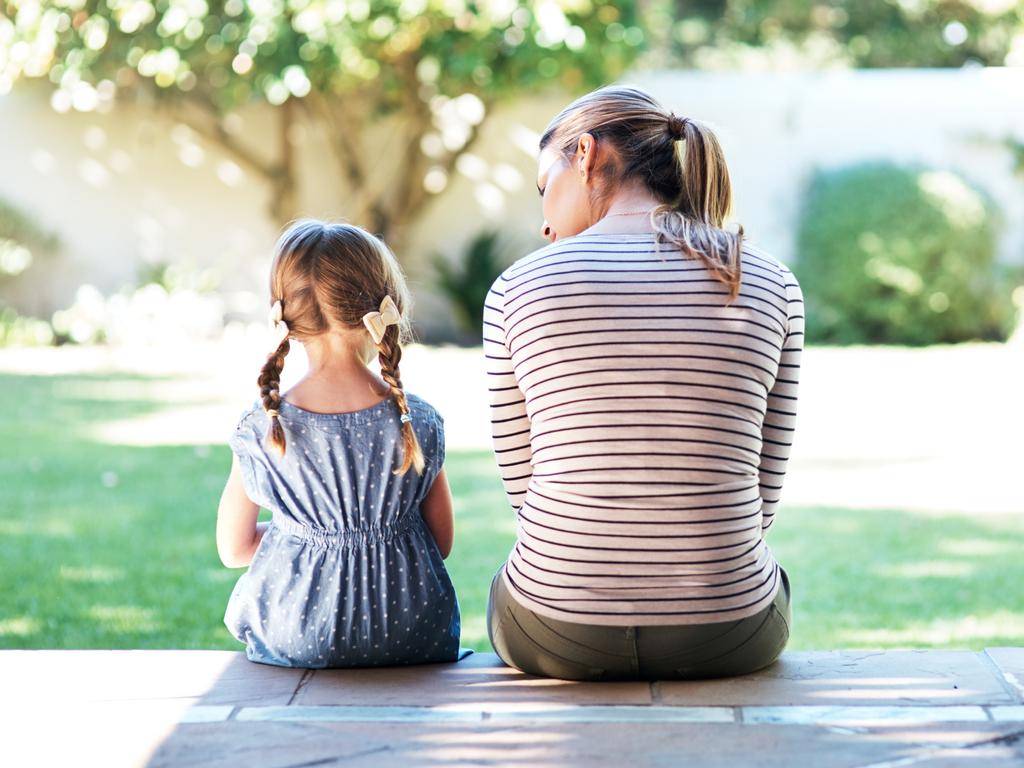
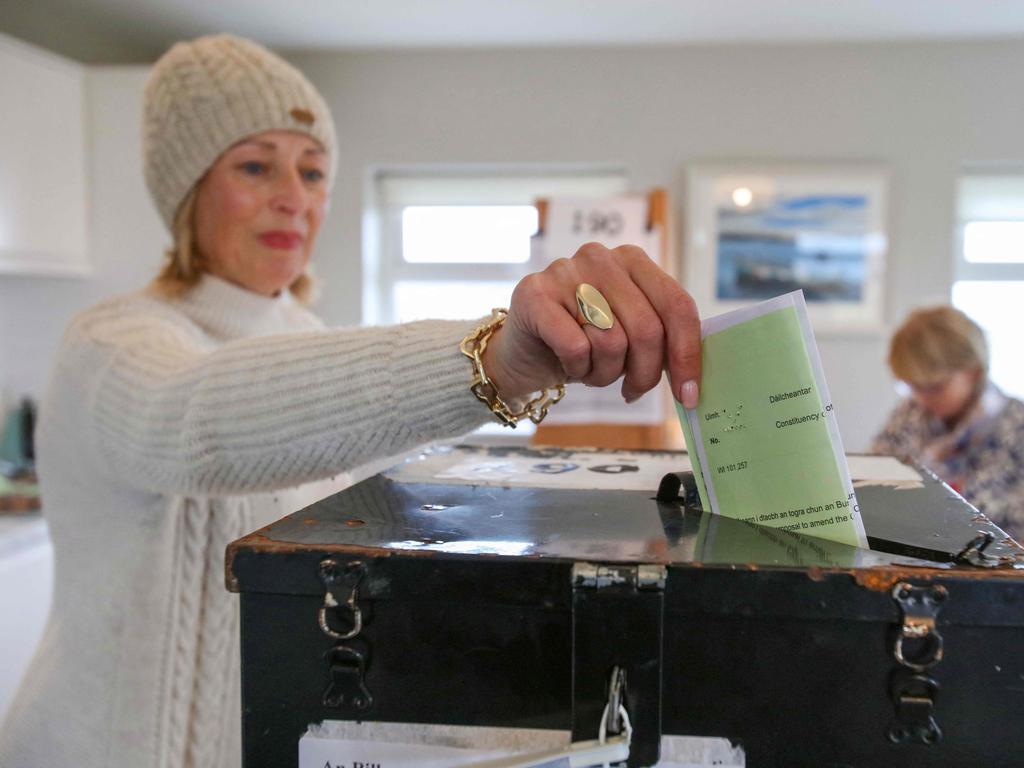


To join the conversation, please log in. Don't have an account? Register
Join the conversation, you are commenting as Logout